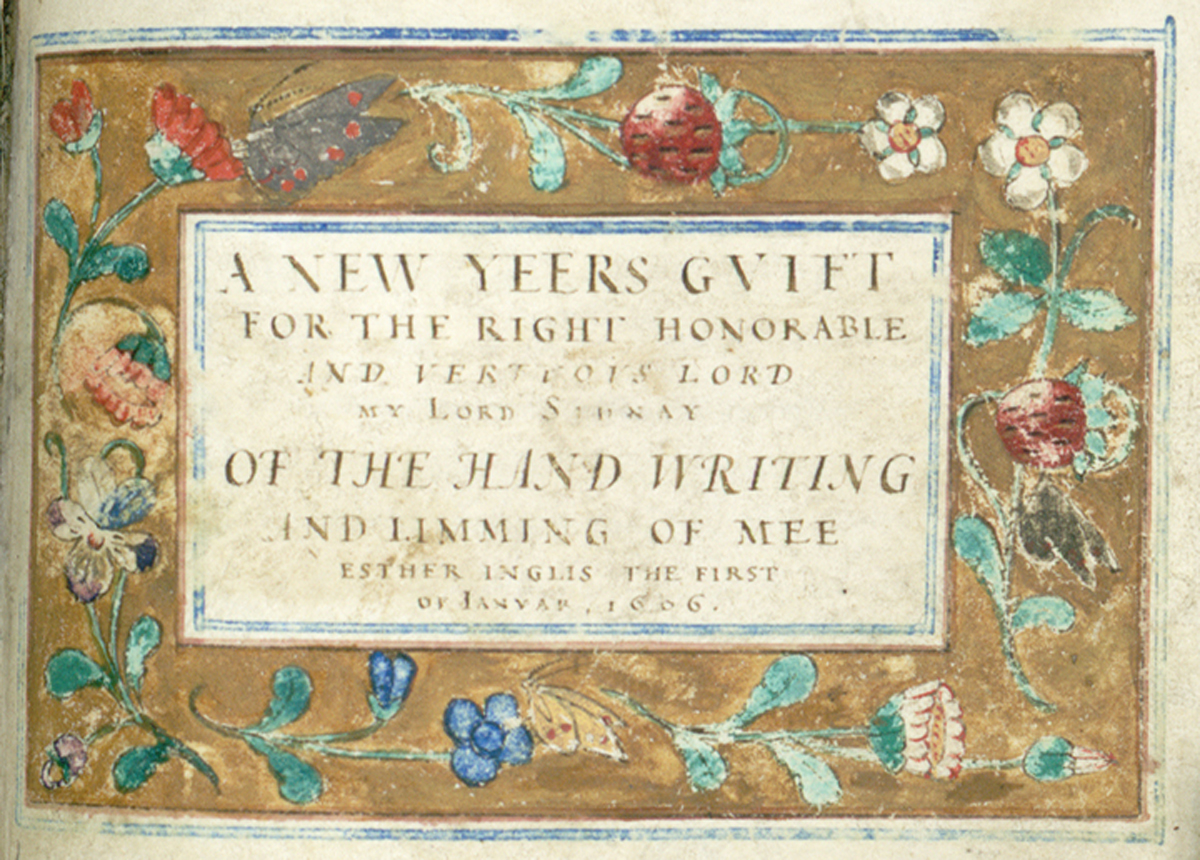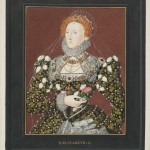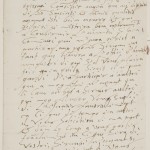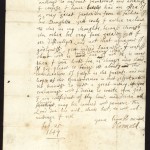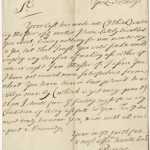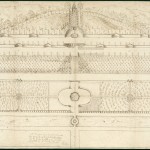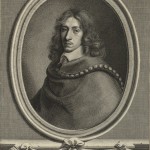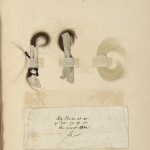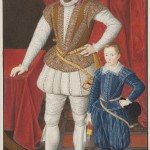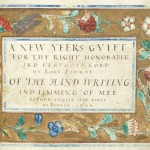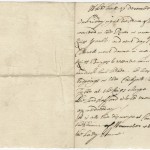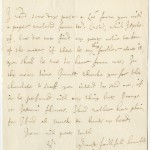The Ransom Center recently published a new finding aid for one of its richest collections of early manuscripts: the Carl H. Pforzheimer collection of English manuscripts. The bulk of the manuscripts were acquired in 1986, along with 1,100 other rare early printed editions of English literature that form the Pforzheimer library. The manuscripts include nearly 2,000 items dating from 1485 to 1844 that feature original correspondence from European monarchs, nobles, and aristocrats. Represented are works and letters by notable figures in British history such as Oliver Cromwell, John Donne, Queen Elizabeth I, John Evelyn, John Locke, Samuel Pepys, and Sir Walter Raleigh.
The new finding aid represents the first-ever online description of the Center’s Pforzheimer manuscripts and provides a new wealth of detail about the collection. Each manuscript has been individually cataloged, and digitization of all of the Pforzheimer manuscripts is ongoing. As digitization is completed, the descriptions and images will be added to the Ransom Center’s publically available digital collections.
The Pforzheimer manuscripts have several thematic strengths. For example, there are letters signed by Queen Elizabeth I relating to the ultimately failed negotiations for her marriage to François, Duke of Anjou. Another theme encompasses letters and documents signed by participants in the regicide of King Charles I of England, including two letters by Oliver Cromwell. Another grouping is anchored by a significant collection of letters by philosopher John Locke and additional letters by other English Enlightenment-era thinkers from the late seventeenth and early eighteenth centuries. Several founding members of the British Royal Society are represented in this group, especially Samuel Pepys and John Evelyn—two famous diarists of the period who provide modern-day historians with first-hand perspectives on English culture, politics, and science in the period. Among Evelyn’s materials are original hand-drawn sketches of gardens and naval battles, and letters to colleagues discussing the classification of herbs.
Another highlight is a beautifully extra-illustrated 1833 biography of Sir Walter Raleigh, created by nineteenth-century collector John Dillon to hold his extensive collection of original manuscripts by Raleigh and his contemporaries along with nearly 500 rare prints and original art. Other items of significance to the history of art and literature include letters by seventeenth-century poet John Donne and eighteenth-century playwright William Congreve; a rare early seventeenth-century copy of Edmund Spenser’s Shepheardes Calendar translated into Latin; and a vellum handwriting showcase book from 1606 by Esther Inglis, one of very few known women calligraphers of her era. There are also two letters by members of the early Quaker religious movement, Margaret Askew Fell Fox and Isaac Penington.
The largest group of manuscripts in the collection originated from the Bulstrodes, an aristocratic English family prominent in Middlesex in the seventeenth and eighteenth centuries. By far the bulk and the most significant of these manuscripts are 1,469 handwritten newsletters dating from 1667 to 1689 received by Sir Richard Bulstrode (1610–1711) while he was stationed in Brussels as an English diplomat. These newsletters provided Bulstrode with information from England that could not be printed in public newspapers, such as parliamentary business. The reportage in the newsletters offers today’s readers a first-hand insider’s perspective on English history and London culture in a tumultuous time. Readers will find reports on England’s involvement in North America, hostilities with the Dutch and French, court hearings about government censorship, parliamentary debates on the right of habeas corpus, the formation of the Whig and Tory political parties, the Popish Plot and persecutions of Catholics, the uneasy succession of Charles II by the Catholic James II, the Rye House Plot, the Duke of Monmouth’s Rebellion, the Glorious Revolution of William and Mary, and accounts of court gossip in the 1670s and 80s that involved Mary’s sister—the future Queen Anne.
Supported by additional correspondence between Bulstrode, the newsletter office owner Joseph Williamson, and some of Williamson’s clerks, the Pforzheimer collection preserves one of the world’s largest records of early correspondence journalism. And through its digital collections, the Center will provide access to a large collection of manuscript newsletters from this era, showcasing the immense value these documents have as primary sources for historical and cultural research.
Please click on thumbnails to view larger images.
